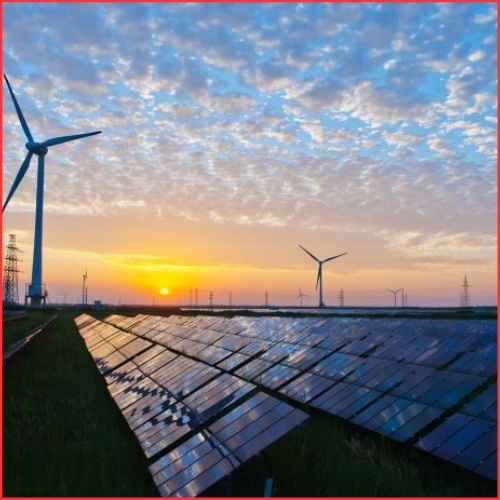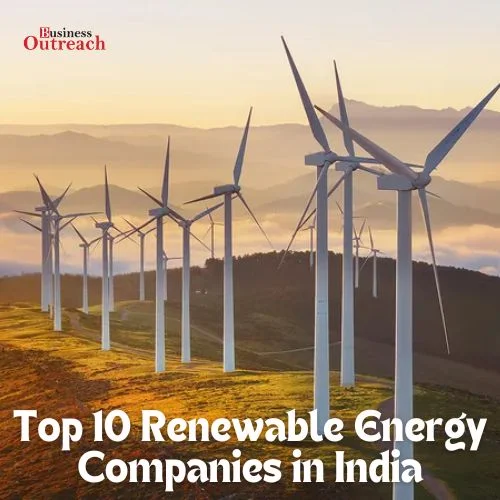In a recent analysis published on Thursday, it has come to light that approximately two-thirds of European companies lack any revenue that meets the European Union’s (EU) list of climate-friendly activities. Additionally, half of these companies have no planned capital expenditure that can be considered green. The findings highlight the challenges in transitioning towards a lower-carbon economy and have been made available by sustainability data firm ESG Book.
Understanding the EU’s Taxonomy and Its Significance
The EU’s taxonomy categorizes economic activities that are sustainable and can be promoted to foster transparency and encourage investment in the fight against climate change. Companies are now mandated to disclose the portion of their revenue that aligns with the taxonomy. To meet the green criteria, revenues should originate from climate-friendly industries, such as renewable energy, or industries that fulfill specific environmental standards. For instance, a steel plant that emits pollutants below a certain threshold would be considered climate-friendly.
An In-Depth Analysis of European Companies
ESG Book conducted an analysis of 683 companies, which represent 40% of the European market capitalization. The study revealed that, on average, only 8% of company revenue aligned with the EU’s taxonomy, while for capital expenditure (capex), capturing long-term spending plans, the alignment stood at 13%. Alarmingly, over 60% of the European companies under study reported zero revenue that aligned with the taxonomy, and 50% had no aligned capex.
Challenges Faced in Transitioning to a Lower-Carbon Economy
Leon Saunders Calvert, ESG Book’s chief product officer, commented on the scale of the challenge in moving towards a more sustainable economy. Many businesses that need to undergo a transition are expected to allocate more of their capex towards activities that align with climate-friendly criteria. For instance, automakers still earn a substantial portion of their revenue from combustion engine vehicles rather than electric vehicles, and energy firms continue to rely heavily on fossil fuels instead of renewable energy sources.
Significance of EU Taxonomy Data for Investors and Analysts
Data generated from the EU’s taxonomy is considered useful as it sheds light on how and where companies are generating profits. Unlike other environmental, social, and governance (ESG)-related data that primarily measures companies’ exposure to ESG risks, the taxonomy data provides a clearer picture of the sources of a company’s revenue. This information is valuable to investors and analysts, enabling them to make more informed decisions about sustainable investments.
Factors Influencing Low Levels of Alignment
The analysis revealed that very low levels of alignment are partly due to the novelty of the regulations. However, Leon Saunders Calvert emphasized that reporting is expected to improve with time. Nevertheless, the reality remains that the current alignment levels are notably low.
Understanding Revenue Classification and the Role of Climate-Neutral Activities
It is important to note that the EU taxonomy does not account for revenues that are climate-neutral. Therefore, companies with limited revenue meeting the green criteria should not be seen as problematic. The taxonomy’s focus is on identifying and promoting genuinely climate-friendly activities.
Notable Cases of Full Alignment
Among the companies analyzed, six were found to have 100% of their revenue aligned with the EU’s taxonomy. An Italian energy provider stood out as an example, with natural gas forming a significant part of its baseload.
Conclusion
The analysis conducted by ESG Book highlights the current status of European companies’ alignment with the EU’s taxonomy of climate-friendly activities. The findings indicate that most companies have a long way to go in transitioning toward sustainable and green practices. As the EU’s taxonomy gains traction and regulations evolve, it is expected that companies will increasingly allocate their revenue and capital expenditure toward activities that align with climate-friendly criteria. This transformation will be crucial in fostering a greener and more sustainable future for Europe and the world.














